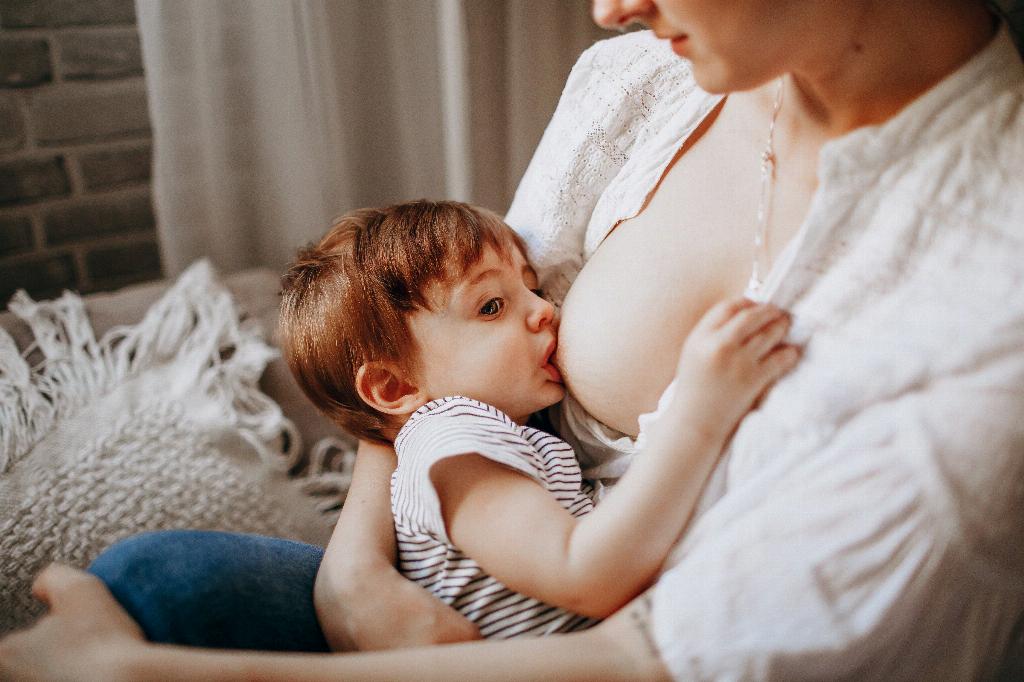When it comes to how long a 6-month-old should wait between feedings, there isn’t a one-size-fits-all answer. It varies from baby to baby, but there are some general guidelines that can help you navigate this stage of your little one’s development.
At around 6 months old, some babies may start to extend the time between feedings to about 4 to 5 hours, especially if they have started incorporating solid foods into their diet. This is a natural progression as they begin to get more nutrients from solids and may not need to nurse or take a bottle as frequently.
It’s also common for 6-month-olds to be able to go longer stretches at night without needing to eat. Some babies may sleep for 7 to 8 hours without requiring a feeding, especially if they have been gradually increasing their intake during the day.
However, it’s essential to remember that every baby is unique, and their feeding patterns will reflect their individual needs. It’s crucial to pay attention to your baby’s hunger cues and respond accordingly, rather than strictly adhering to a set schedule.
Some babies may still want to feed more frequently or have shorter intervals between meals, and that’s perfectly normal. Trust your instincts as a parent and follow your baby’s lead when it comes to feeding times.
As your baby continues to grow and develop, their feeding patterns may continue to change. It’s essential to stay flexible and adapt to their evolving needs, whether that means shorter or longer intervals between feedings.
Remember that responsive feeding is key to ensuring your baby gets the nourishment they need. By tuning into their cues and adjusting your feeding schedule accordingly, you can help support their healthy growth and development.
Be mindful of any signs of hunger or fullness that your baby displays, such as rooting, sucking on hands, turning away from the bottle or breast, or getting easily distracted during feeds. These cues can help you determine when it’s time to feed your little one.
Don’t feel pressured to adhere to rigid feeding schedules or guidelines. Babies are remarkably intuitive when it comes to their hunger and fullness signals, so trust in their innate ability to communicate their needs to you.
Consulting with your pediatrician can also provide valuable insight into your baby’s individual feeding requirements and growth patterns. They can offer personalized guidance based on your baby’s unique development and help address any concerns you may have about feeding schedules.
Ultimately, the most important thing is to foster a nurturing and responsive feeding relationship with your baby. By prioritizing their cues and needs, you can help establish healthy eating habits that will benefit them for years to come.
In conclusion, while there are general guidelines regarding how long a 6-month-old may wait between feedings, it’s crucial to prioritize your baby’s individual needs and cues. By staying attuned to your little one’s signals and adjusting your feeding routine accordingly, you can support their healthy growth and development during this exciting stage of their journey.

